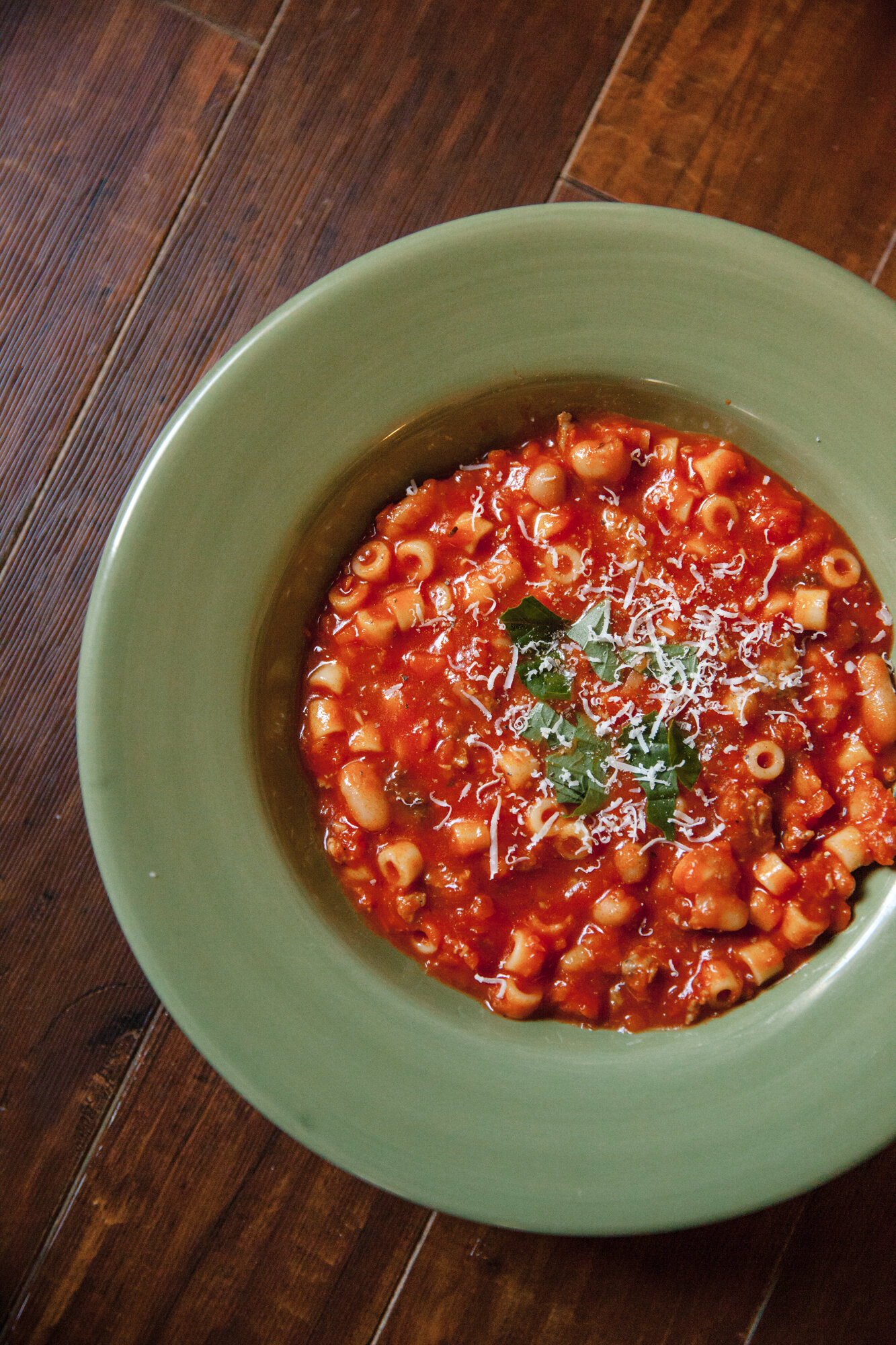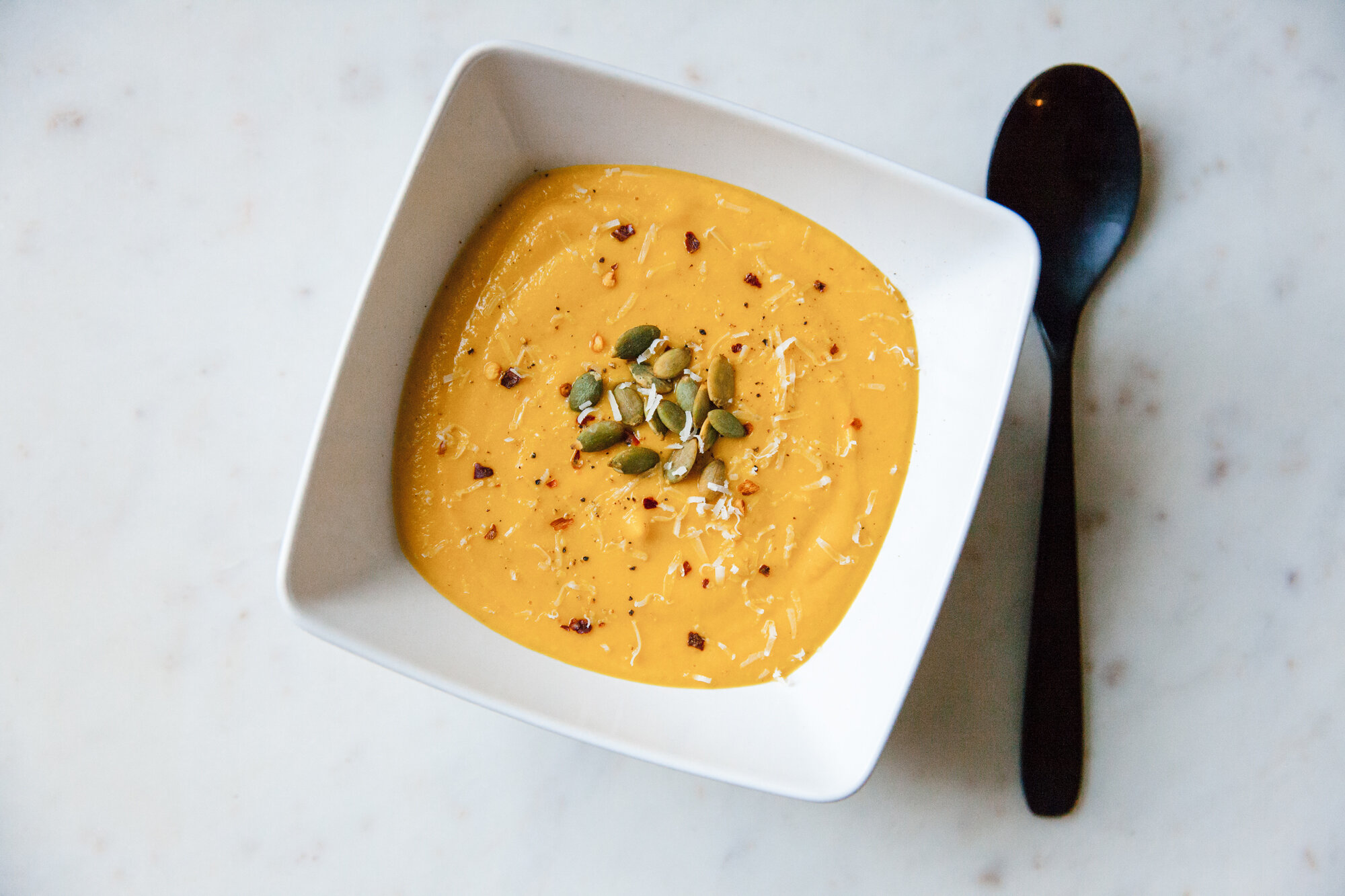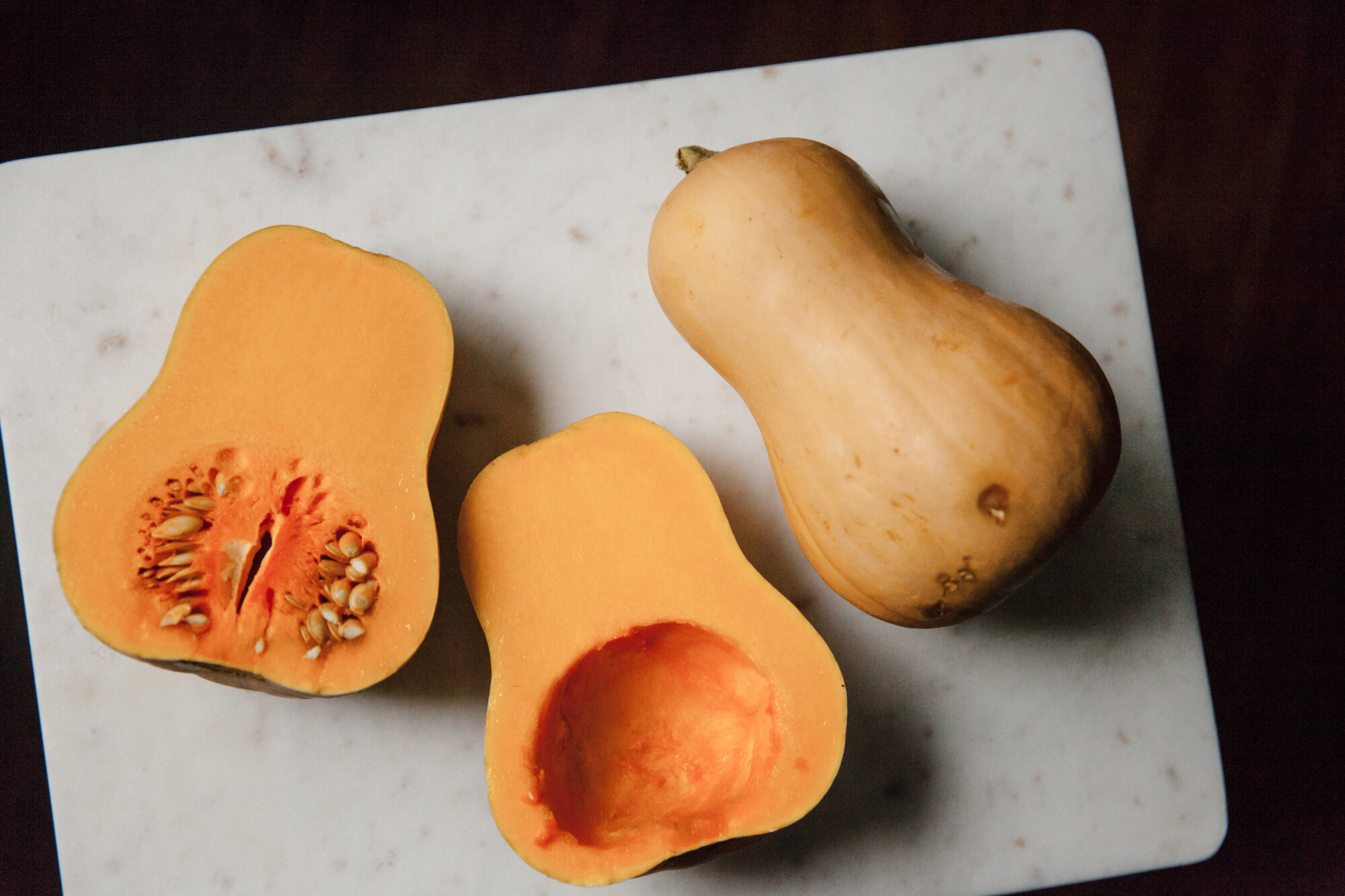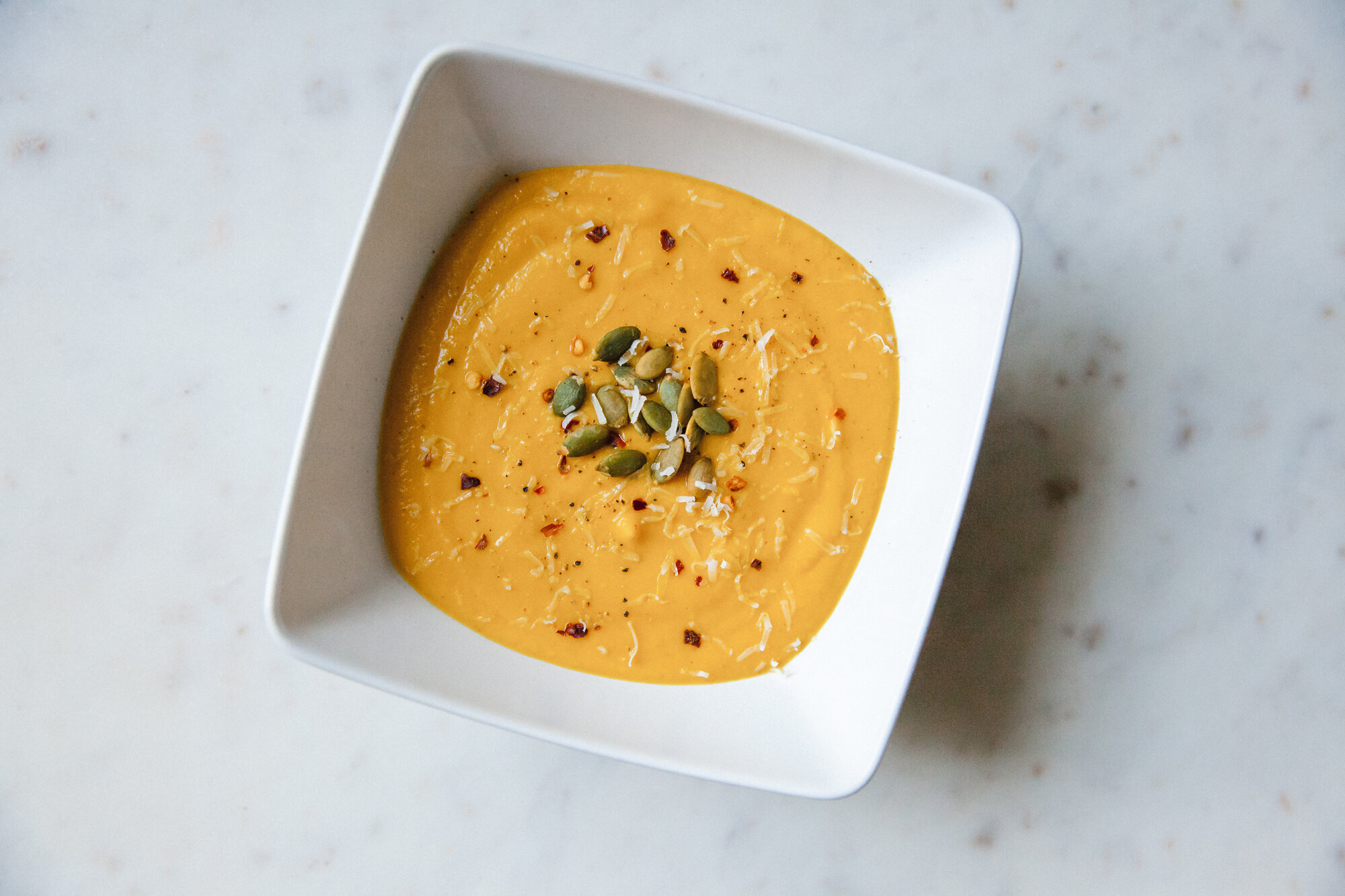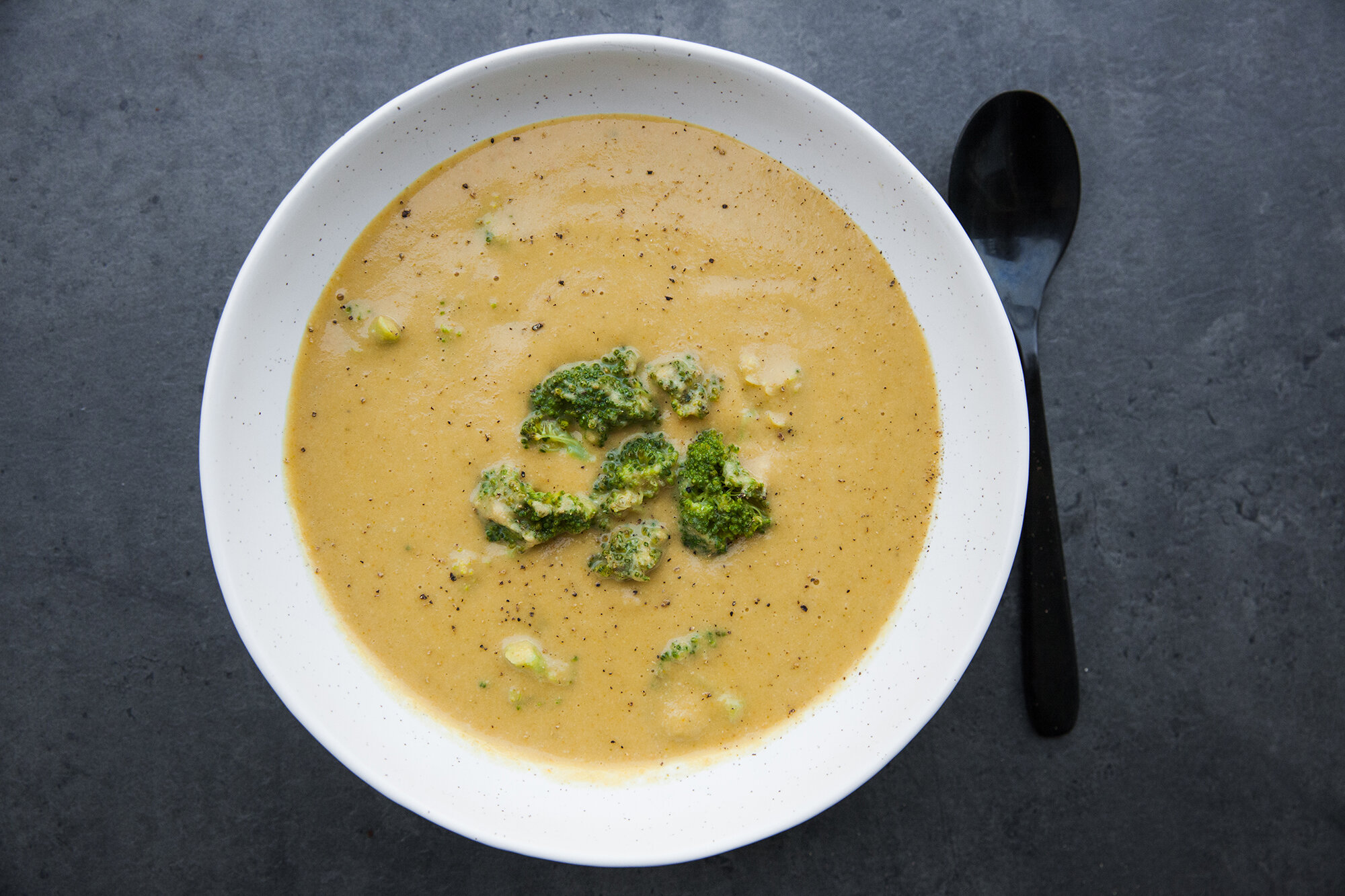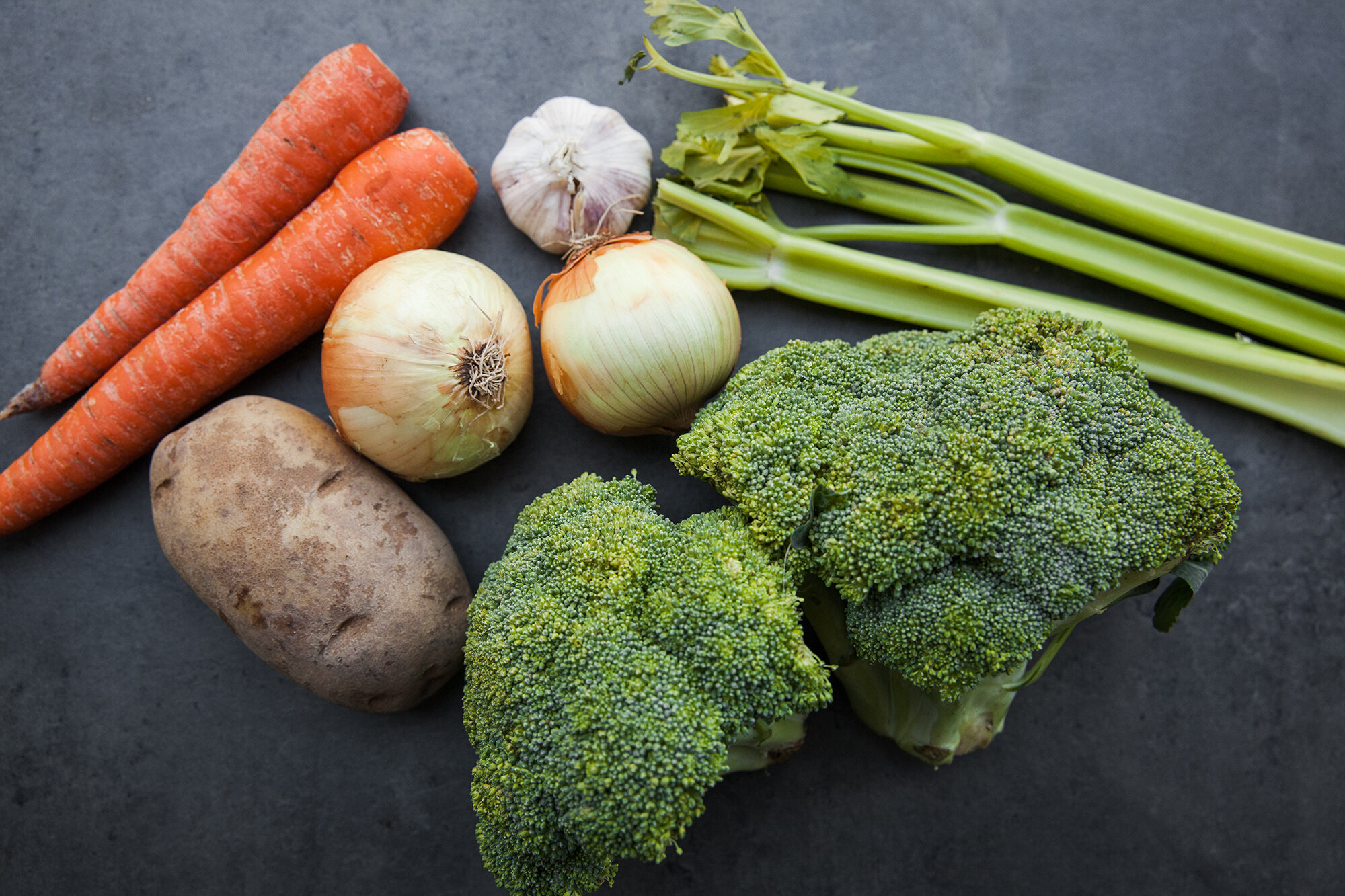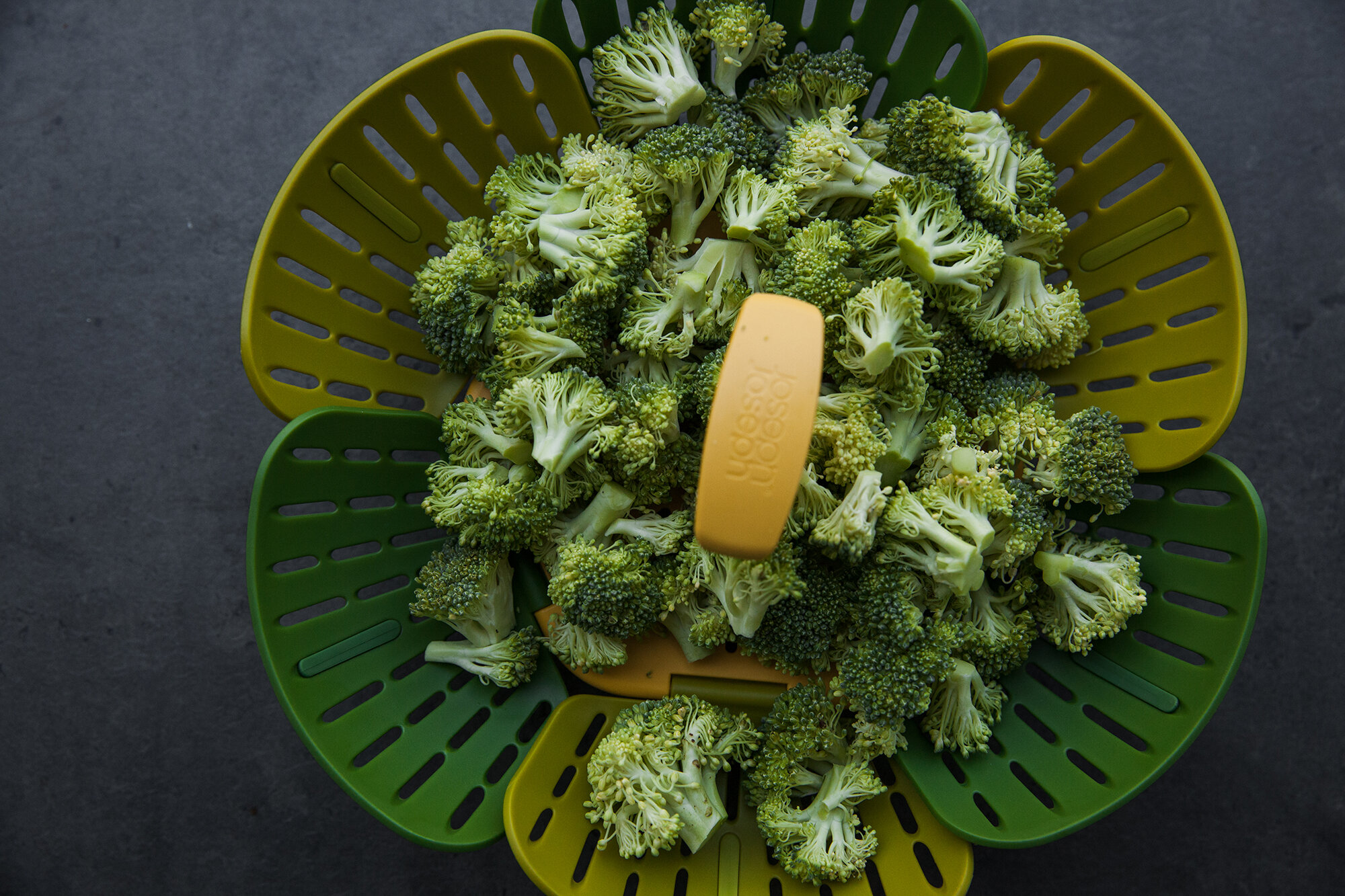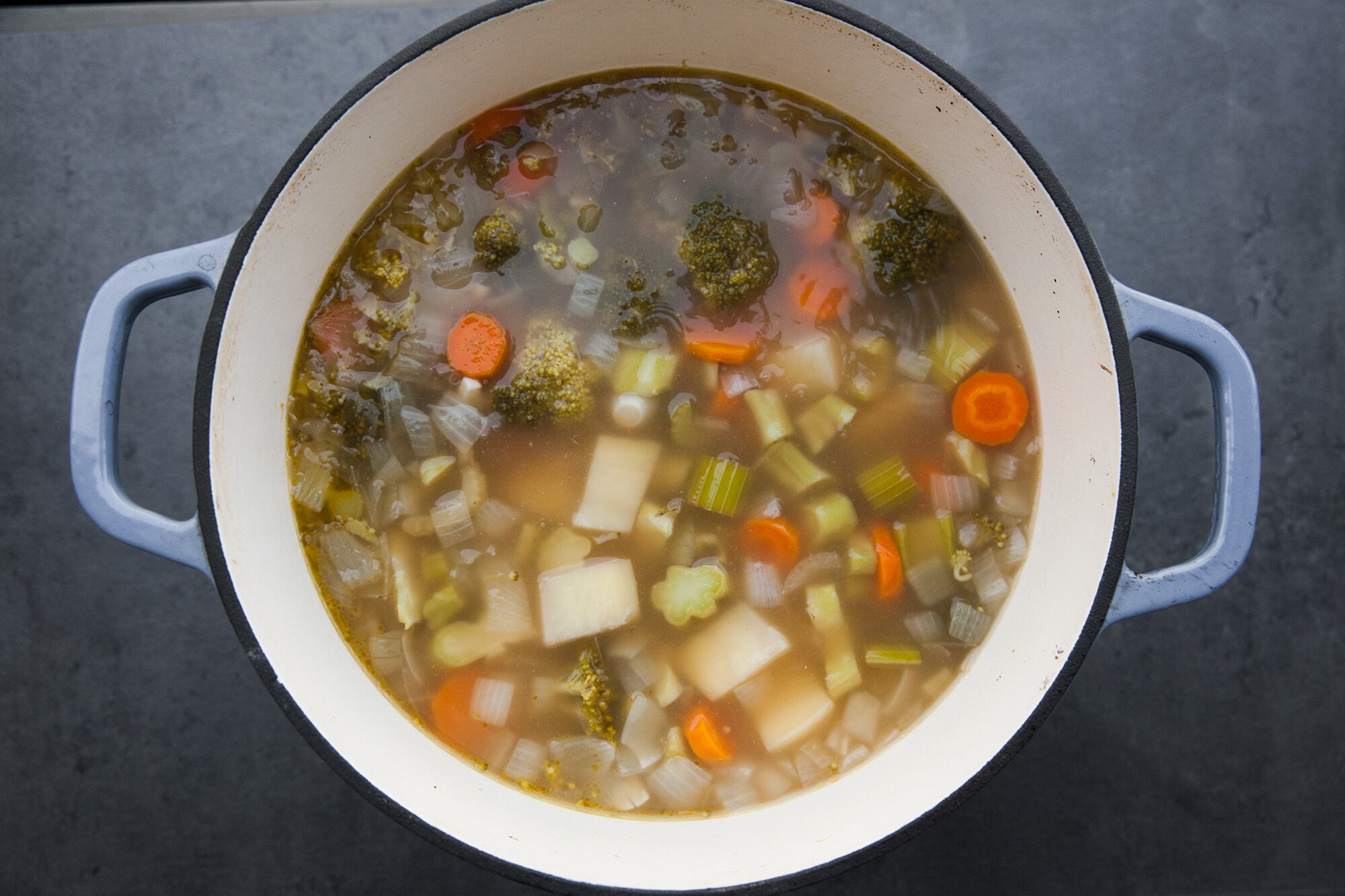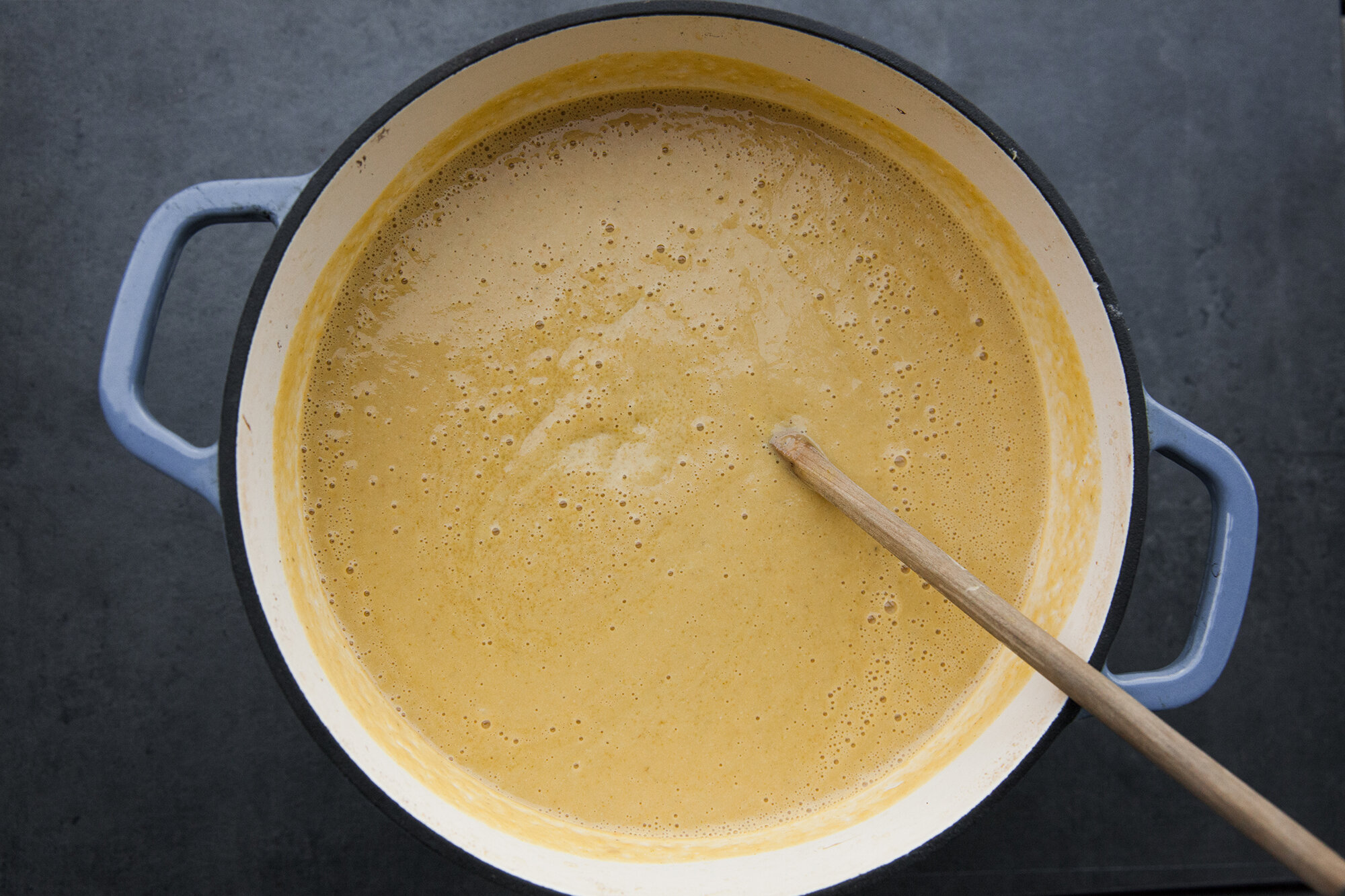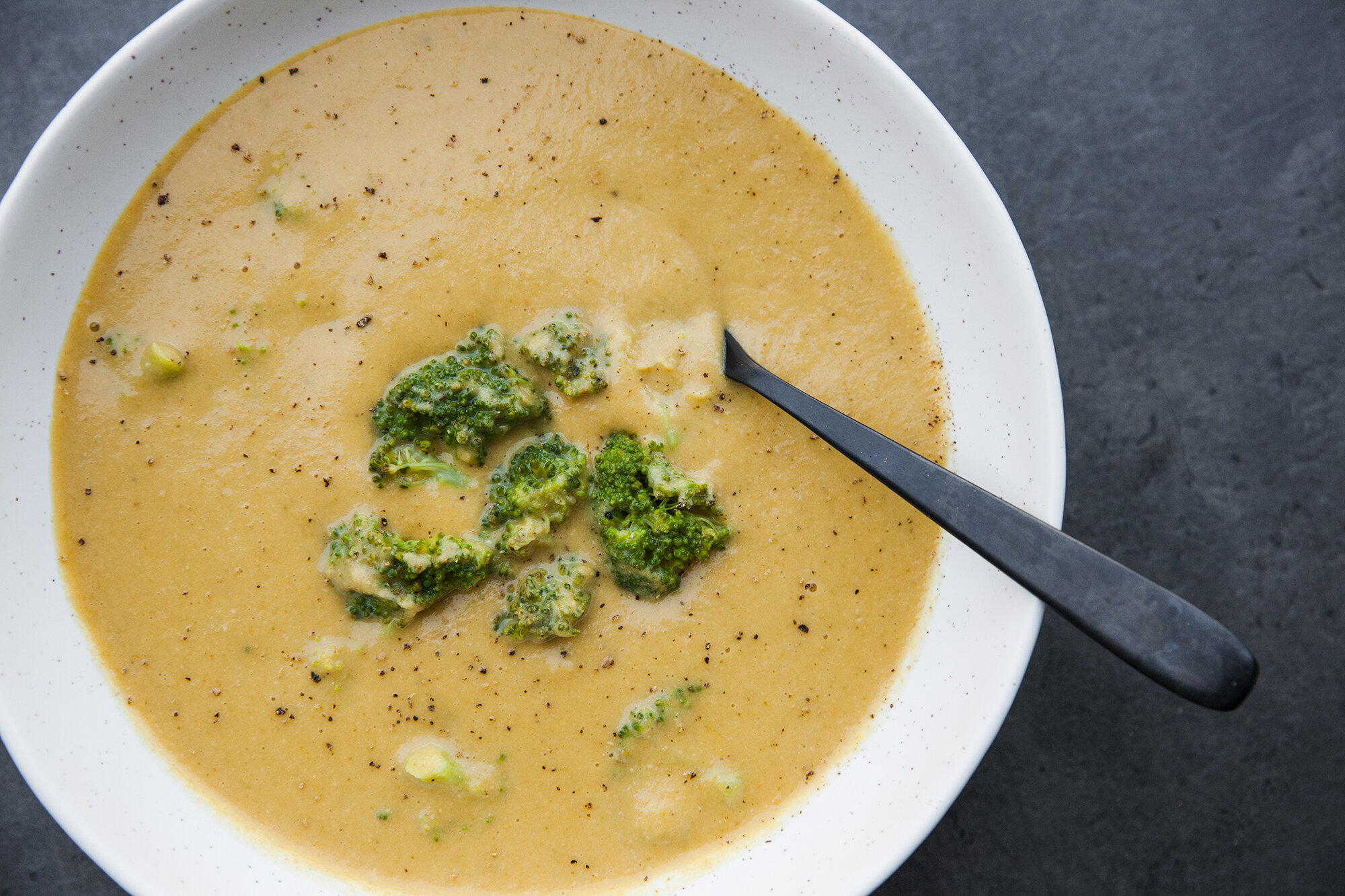
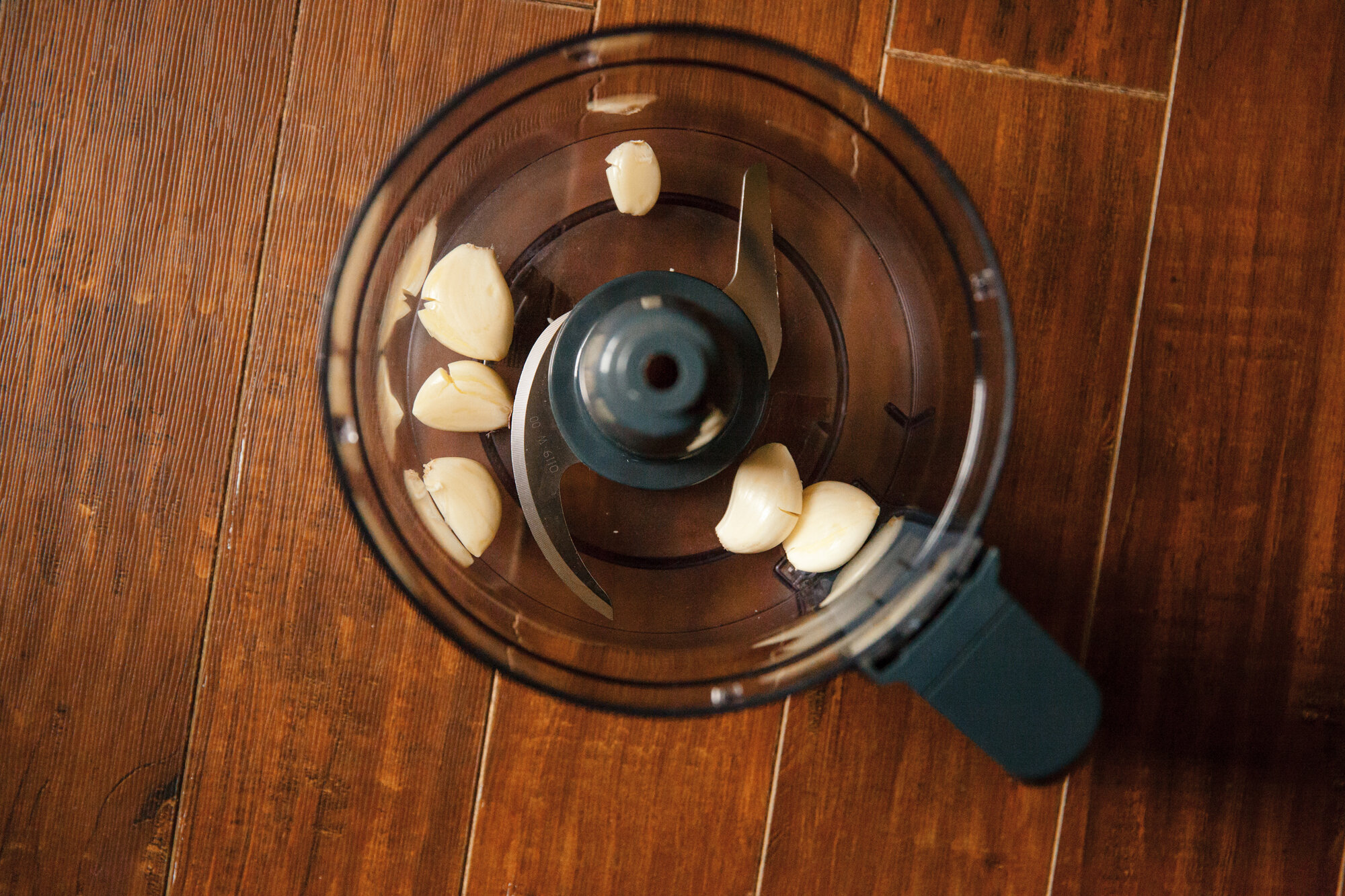
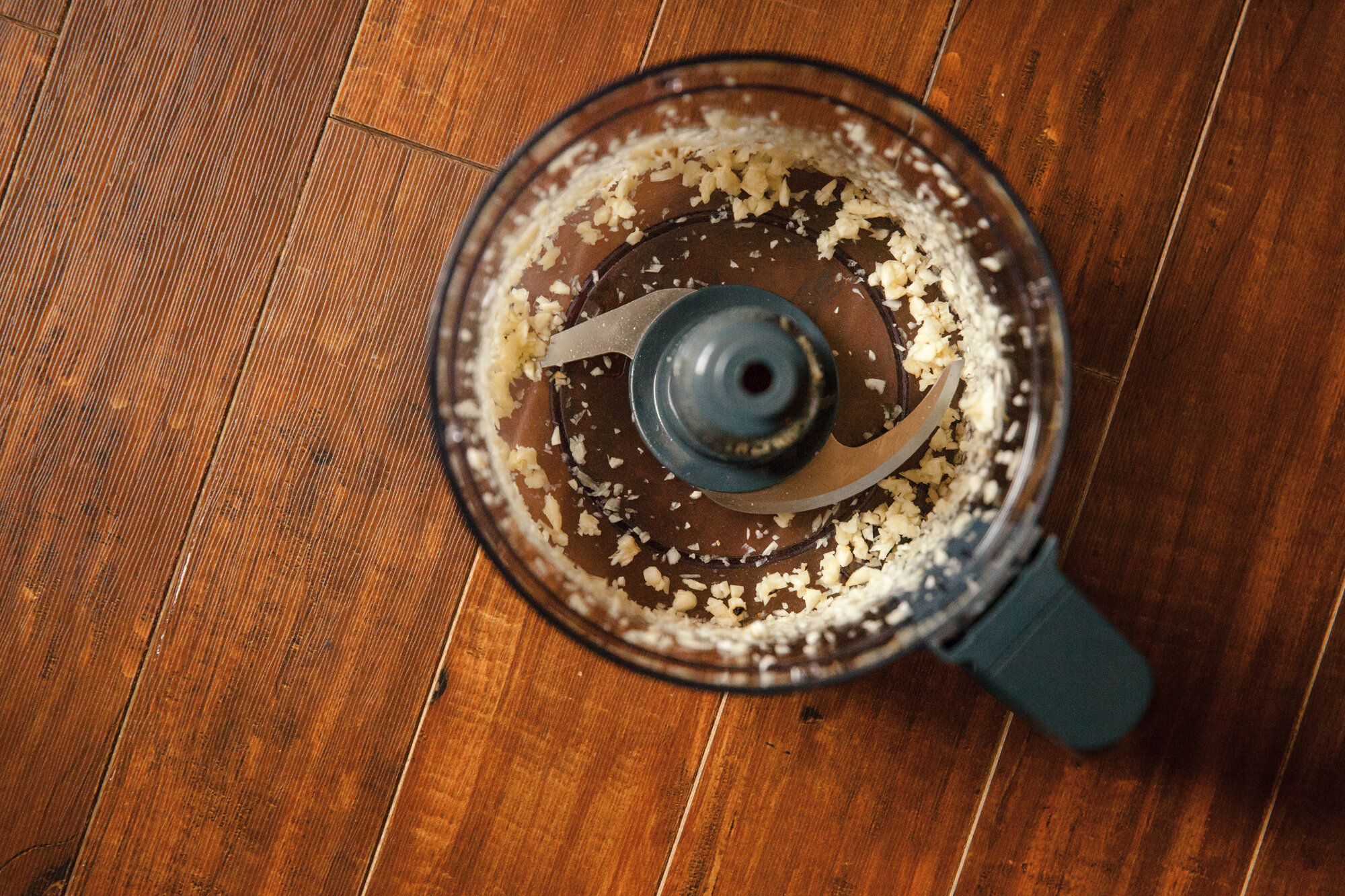
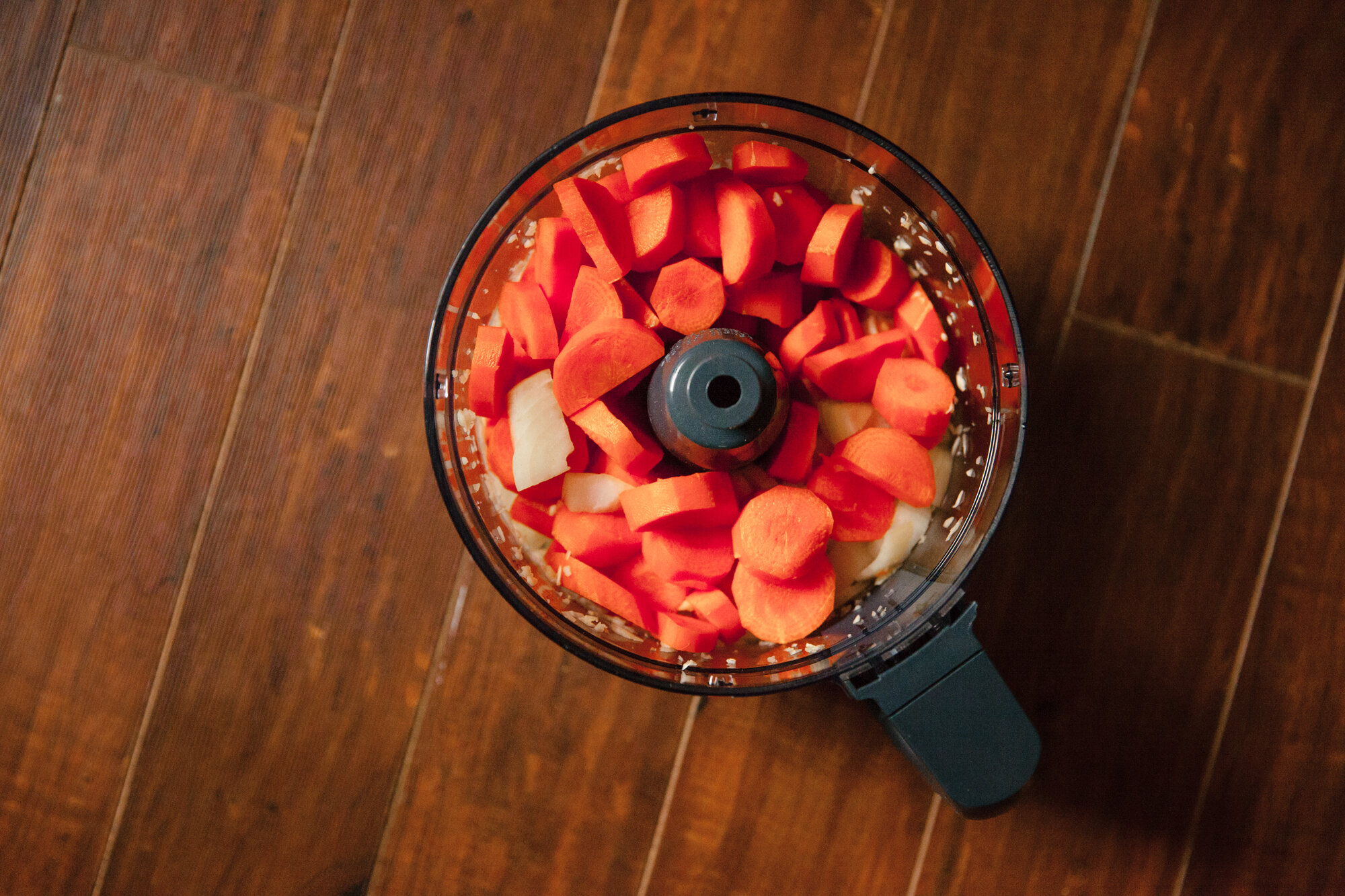

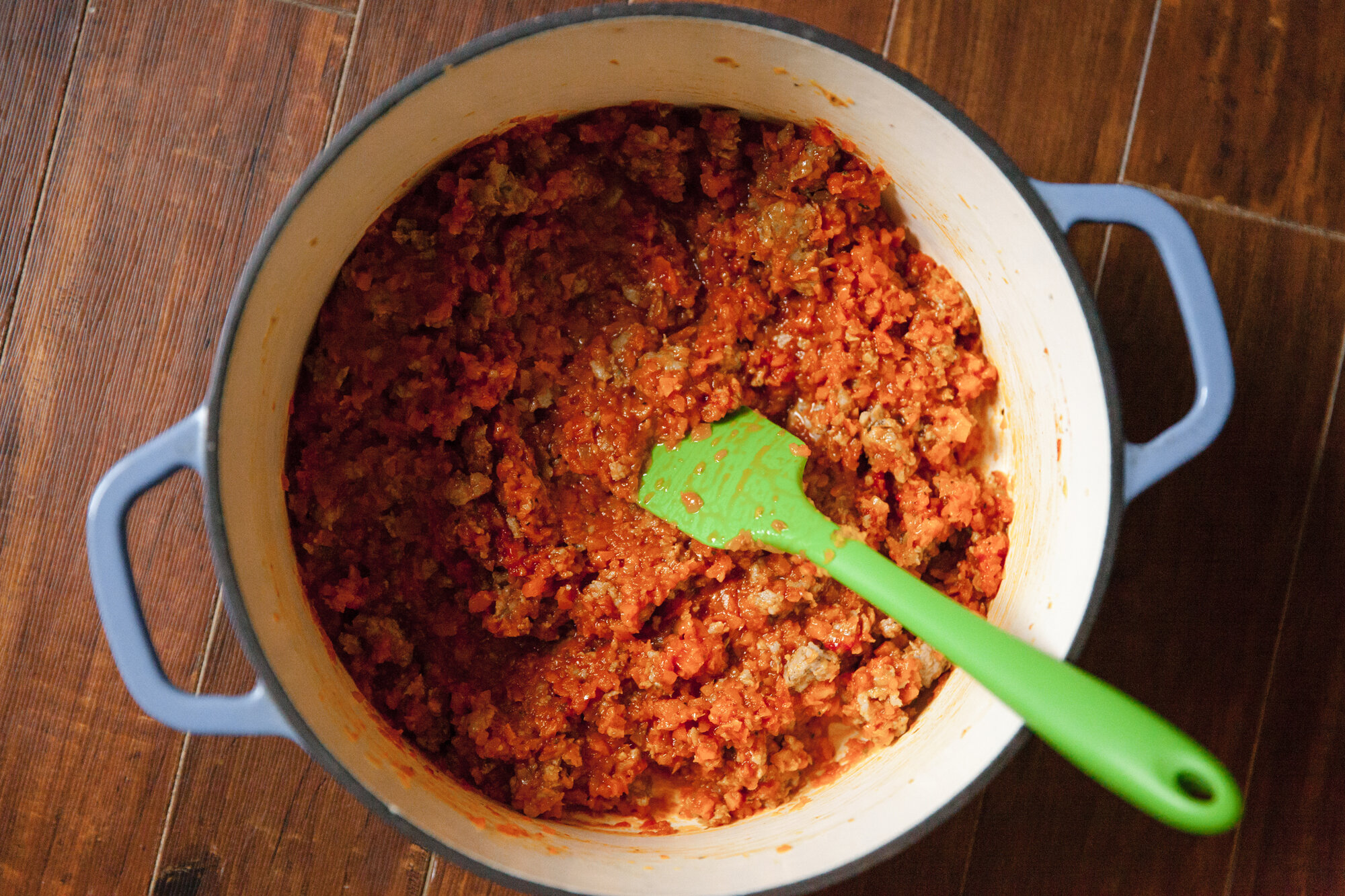
Pasta Fazool
from 3 Recipes for Soup Season - for BC Living
November 10, 2020
This soup is also called pasta e fagioli, but saying pasta fazool is so much more fun. It is hearty, full of veggies and beans, and tiny, tiny pasta pieces. If you need a solid dinner after a hard day at work or a workout, then this is for you. It's super easy, especially if you can chop your veggies in a food processor, and I had almost all the ingredients in my house already.
There are a ton of different variations on this recipe. Add in some sausage for protein, toss in some leafy greens, or maybe change up the beans if you have something different on hand (chickpeas, for example). If you're vegan, skip the sausage or find some vegan sausage to toss in and sprinkle some nutritional yeast on top or vegan Parmesan, instead of regular Parmesan, which is the usual topping.
INGREDIENTS
1 large can of crushed tomatoes, organic if available
1 can of white kidney beans
5-6 cups of veggie stock, homemade from the freezer is perfect for this
3 cloves of garlic, minced
1 onion, finely chopped
2 stalks of celery, finely chopped
2 carrots, peeled and finely chopped
2 mild Italian sausages, optional (vegan, if required)
Handful of kale or other leafy green, roughly chopped, optional
1 tbsp of olive oil
1 tsp of Italian seasoning
Salt and pepper
1 cup of ditalini (short macaroni) pasta (macaroni is a good substitute if you can't find ditalini and brown rice or gluten-free are also good options)
1 tbsp of Parmesan, optional (vegan, if required)
Fresh basil, chopped for topping, optional
INSTRUCTIONS
Finely chop the garlic, onion, carrots, and celery (I did it in a food processor to save time).
Heat olive oil in large pot, then add chopped onion, garlic, celery, carrots and seasoning and stir.
Cook for 15 to 25 minutes until softened and reduced in volume by at least half (the water will evaporate).
If using sausage, remove from casing and add to the pot, breaking it up with a spoon and cooking until it is no longer pink. You may need to use a splash of stock after this to deglaze the pan.
Add crushed tomato and 5 cups of stock and bring up to a boil, then simmer for 15 to 20 minutes (with a lid on) until it reduces slightly. If you want a thicker soup, you can cook it down some more. If it needs to be thinned out some more, add more stock.
In a separate pot, boil some salted water, and then cook the pasta until just al dente. Drain and cool with cold water, then drain again.
In the main pot, add kidney beans, salt and pepper, and stir, cooking for a few minutes until the beans are heated through.
Two options here: you can stir the pasta directly into the pot if you’re going to be consuming it all within the next few days. If you are going to freeze some of the soup, do not add the pasta as when you reheat it, the pasta will expand and become soggy. Instead, cook fresh pasta the day you’re reheating it.
Serve in bowls with additional pepper on top, optional Parmesan, nutritional yeast (or cashew Parmesan) and fresh basil.
NOTE: If using kale or other leafy greens, add them when you add the tomato and stock.
Serves 6


